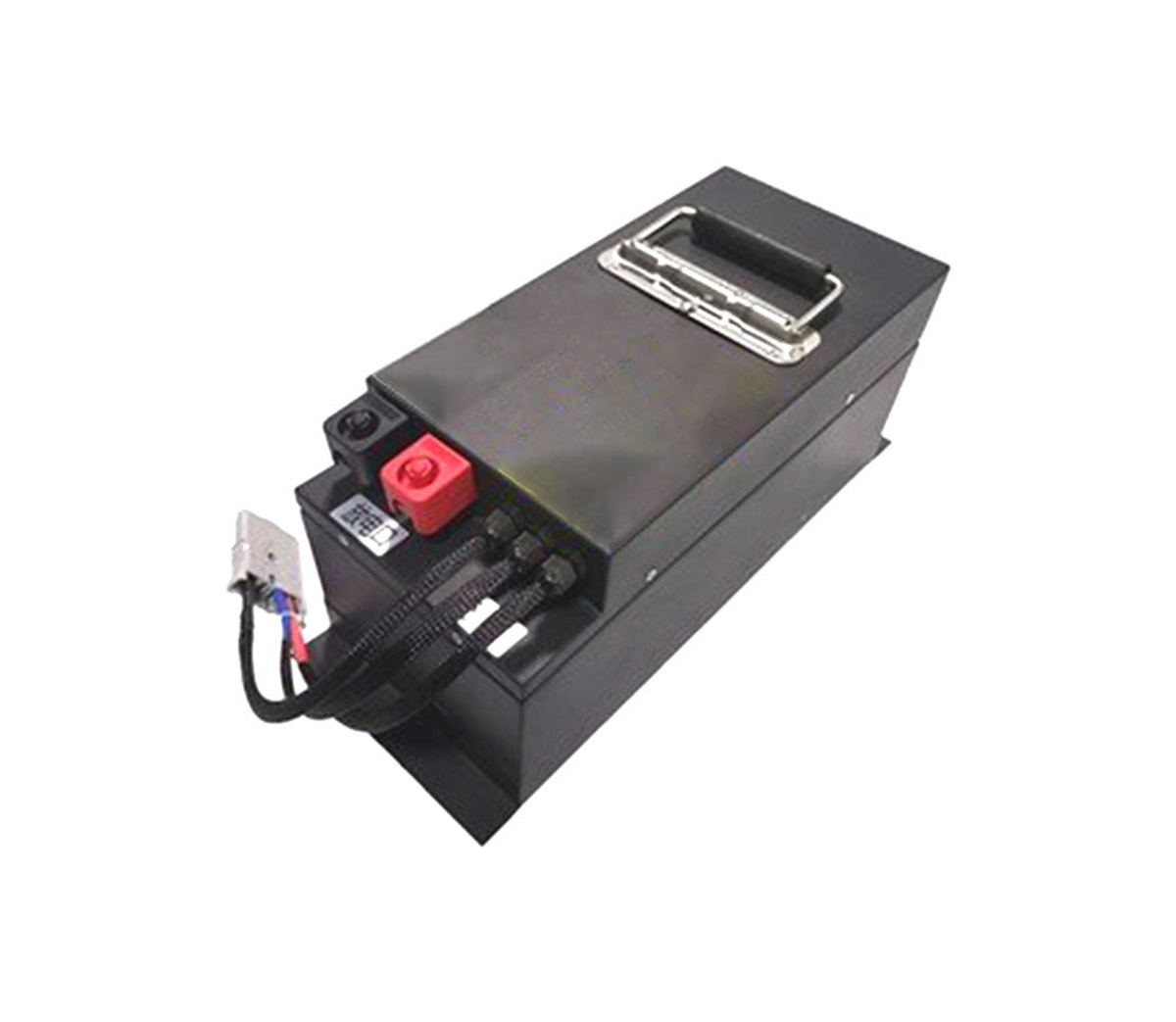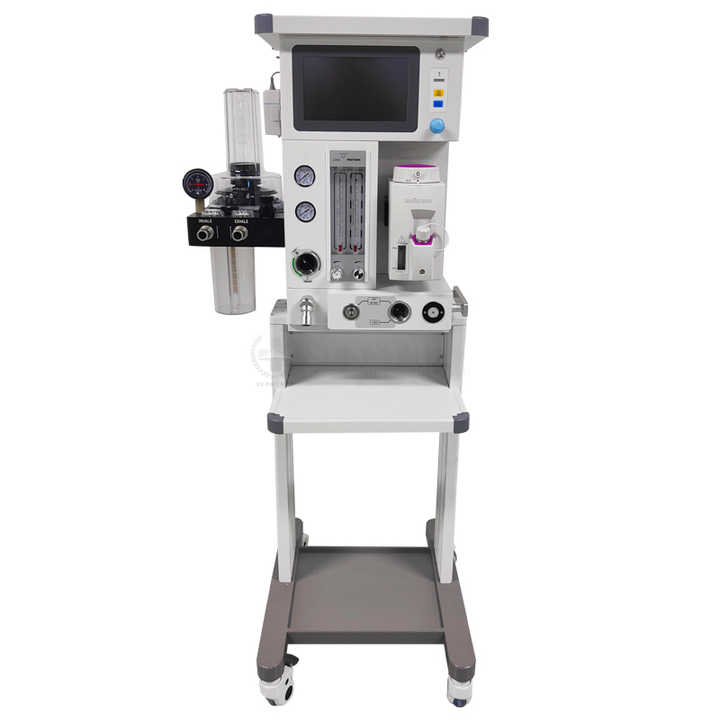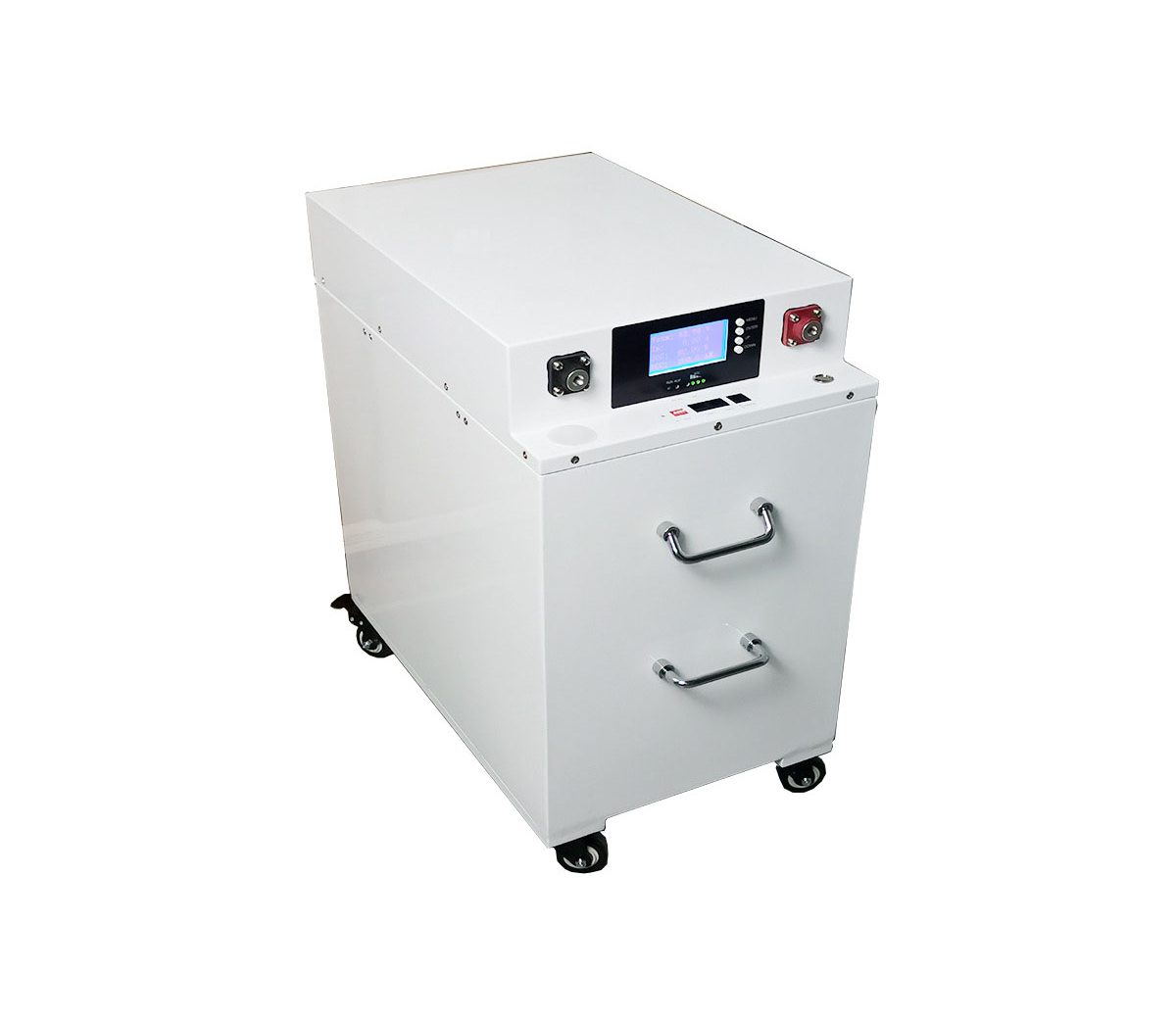BYD's battery management system
Battery Management System (Battery Management System, referred to as BMS)
is an important link connecting batteries and electric vehicles, and its precise
control and management escort the perfect application of batteries.
"Longsheng nine sons, each is different." Even if two single cells produced
in the same batch, due to production process errors and use environment
differences, their performance cannot be completely the same; this inconsistency
during use It will gradually expand, and there may be dangers of overcharging,
overdischarging and local overheating, which may affect the service life and
safety of the battery pack in severe cases.
1. Accurately estimate the state of charge of the power battery pack
Accurately estimate the state of charge (StateofCharge, or SOC) of the
power battery pack, that is, the remaining battery capacity, to ensure that the
SOC is maintained within a reasonable range, and to prevent damage to the
battery due to overcharge or overdischarge, so as to predict the hybrid electric
vehicle storage at any time How much energy is left in the energy battery or the
state of charge of the energy storage battery.
2, dynamic monitoring of the working status of the power battery pack
In the process of battery charging and discharging, the terminal voltage
and temperature, charging and discharging current and total voltage of the
battery pack of each battery in the power battery pack are collected in real
time to prevent the battery from being overcharged or overdischarged.
At the same time, the battery status can be given in time, the problematic
battery can be selected, and the reliability and efficiency of the entire
battery group can be maintained, making the realization of the remaining power
estimation model possible. In addition, it is necessary to establish a history
file of each battery to provide information for the further optimization and
development of new types of electricity, chargers, motors, etc., and to provide
a basis for offline analysis of system failures.
3. Balance between single cells
is equalizing charging of single cells, so that each battery in the battery
pack reaches a balanced and consistent state. Equalization technology is the key
technology of a battery energy management system that is currently being
researched and developed in the world.
Regarding the function of BMS, there are different classification methods
in the industry. However, from the user's point of view, it can be roughly
divided into two major functions-"battery checkup" and "safety guard".
Real-time physical examination to accurately grasp the battery status
Real-time "physical examination" refers to battery data collection and
condition assessment.
Data collection can be simply understood as a routine "physical
examination" for the battery; in the process of charging and discharging, the
terminal voltage, temperature, charging and discharging current and total
voltage of each battery in the battery pack are collected in real time to
prevent the battery from overcharging or Over discharge phenomenon. This kind
of "physical examination" is online, continuous, and uninterrupted. In the
process, when data is found to be abnormal, the corresponding battery status can
be inquired in time, and the problematic battery can be selected, so as to
maintain the reliability and efficiency of the entire battery pack.
, When a cell is fully charged, the entire battery pack must be stopped,
otherwise the cell will be overcharged and damaged, and when one cell is empty,
the entire battery pack must stop discharging, otherwise the cell will be
over-discharged damage. Do you remember the requirements for flashlights? By
the way, old and new batteries cannot be mixed, which means that batteries with
and without electricity cannot be mixed. Going back to Tang and Qin's battery
pack, the above is a schematic diagram, with several batteries selected. Under
normal circumstances, their storage capacity should be exactly the same. They
are charged together and emptied together. If the cycle continues in this way,
then the various problems at the beginning of the article will not occur. In
fact, after the battery pack is used for a period of time, there will be
differences in the storage capacity of each battery cell. There are many reasons
for the difference, such as the inconsistent capacity of the battery itself, or
inconsistent internal resistance, inconsistent operating temperature, etc.,
which will lead to discharge. There is a difference in capacity. When the power
storage of each battery cell is inconsistent, the following picture will
appear:
On the surface, there is only one battery cell that has lost a little
power. There are so many batteries in total. There shouldn’t be any impact,
right? Let’s continue to look down. What happens when this battery pack is
discharged:
The entire battery pack has discharged 80% of its power, and at this time,
the originally dissatisfied battery is empty, and the battery pack will stop
discharging at this time. If the storage capacity of this battery pack is 10
degrees, then when it is fully charged, the unbalanced battery pack can no
longer be discharged after 80% discharge, which is 8 degrees. On the surface,
only 5% of the power is missing, but 20 % Of capacity is unavailable. This is
still the case of comparing only 4 batteries, if there are more than 200, one
can imagine how big the impact will be.
So once there is an imbalance, what should I do? This requires the
equalization module of the battery management system. Tang and Qin's
equalization module adopts a passive equalization method, that is to say, the
battery with a higher voltage is discharged through a bypass resistor to make it
reach the same voltage as other batteries. That's it:
Each cell has a resistor individually controlled by the battery management
system. When needed, the circuit of this resistor is connected to discharge the
cell. After a certain period of time, this unbalanced battery pack becomes like
this:
The battery cell capacity is the same, and then you can charge it to full,
discharge it to empty, everything returns to normal, the capacity is back, and
the battery life is back! It sounds beautiful, right? So why do many cars fail
to achieve this effect? ? First of all, the discharge process is very slow!
During the charging process, the current can reach more than 10A (10000ma), and
this discharge? It is understood that the maximum current allowed by the
discharge resistor is 30ma~ The equilibrium system has been in the best
equilibrium state. In this case, it takes about 100 hours to equalize the
difference of one kilowatt-hour! Secondly, the equalization system does not
always work in the best condition. To have a good working condition, the system
needs to know which battery cell needs to be discharged and how much electricity
needs to be discharged. And this process can not be completed with any amount of
electricity.


































